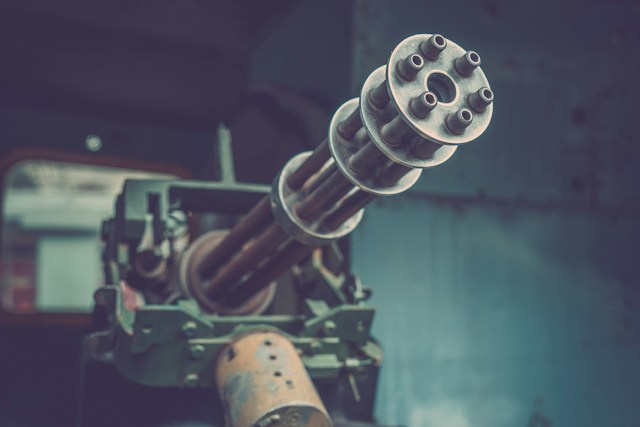Modern warfare can identify and accurately characterize targets swiftly, which is paramount. So, to deal with such occurrences, IVAS has introduced a visual alert system for rapid targeting, contributing to soldiers' success in close combat hinges on their capacity to engage threats rapidly, a skill that ultimately translates into increased lethality. Understanding this critical need, Tipping Point Military Innovation, LLC (TPMI) is pioneering a game-changing improvement to the Integrated Visual Augmentation System (IVAS). This innovation promises to enhance both rapid targeting and Soldier lethality.
Close combat environments present a unique set of challenges. The adversary is adept at concealment, making them hard to spot. Once located, tracking their movements becomes a task of its own. And even when the Soldier has a visual on the target, accurately characterizing it can be a formidable challenge. These are real-world hurdles faced by Soldiers every day in the field.
The human eye's fovea, a small region at the back of the eye, possesses high visual acuity and spans an angular field of view of approximately 5 degrees. Beyond the fovea, visual acuity diminishes significantly. While peripheral vision can detect motion, it struggles to focus on subtle details. So, the question arises: How can Soldiers achieve rapid target identification and precise characterization under such circumstances?
TPMI's answer to this question is introducing a cutting-edge technology, Automatic Target Recognition (ATR). This technology leverages algorithms to recognize targets based on data from various sensors. US Patent 11,093,051 reveals an ingenious method involving placing a digital object at the target's location. This digital object effectively captures the Soldier's attention, facilitating rapid identification. Simultaneously, a movable high-resolution field of view is aligned with the target, enabling accurate characterization.
Crucially, the '051 patent advancement allows certain parts of the displayed image to have low resolution, as they are considered "non-interest" areas, while high-resolution portions are designated to areas of interest, such as the target. As a result, the Soldier's eyes are not only directed towards the target by the digital object, but their high-resolution foveal field of view perfectly aligns with the image's high-resolution part. This innovation guarantees precision viewing of small, challenging-to-detect targets.
In simple terms, integrating this technological advancement into the IVAS is imperative to maximize Soldier lethality. TPMI's goal is to collaborate with the US Army's Program Executive Office Soldier in every possible way to ensure the integration of this breakthrough, ultimately elevating the IVAS system to new heights.
The impact of TPMI's mission to enhance IVAS goes beyond the battlefield. IVAS, a military version of the HoloLens 2 system, is a 3D head display unit worn by Soldiers. It provides tactical mixed reality that significantly improves situational awareness in combat. TPMI's advancement promises to save lives and make Soldiers more effective in their missions by addressing the challenges posed by close combat environments.


No comments yet